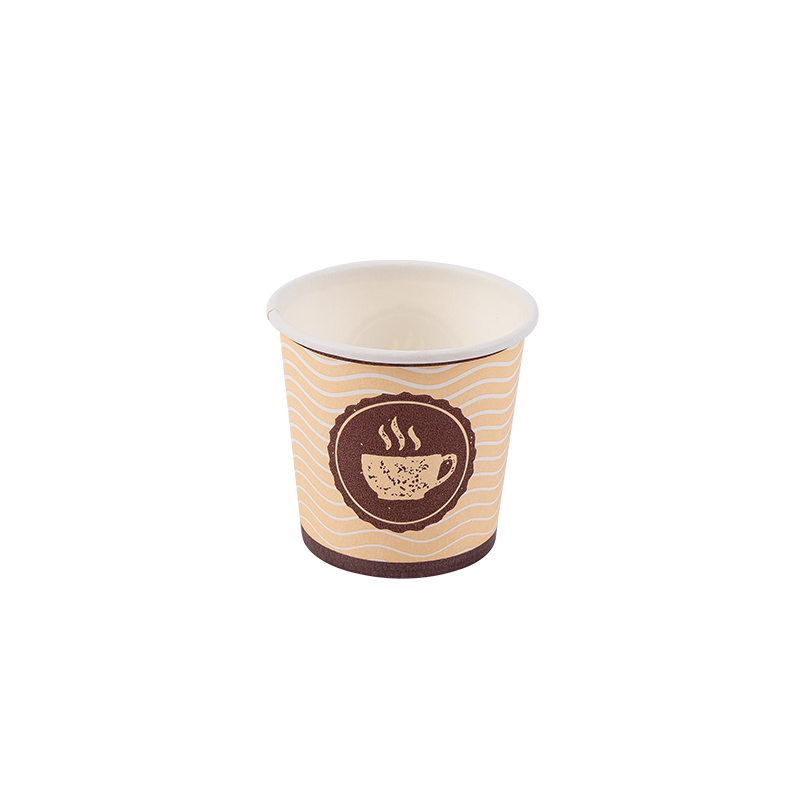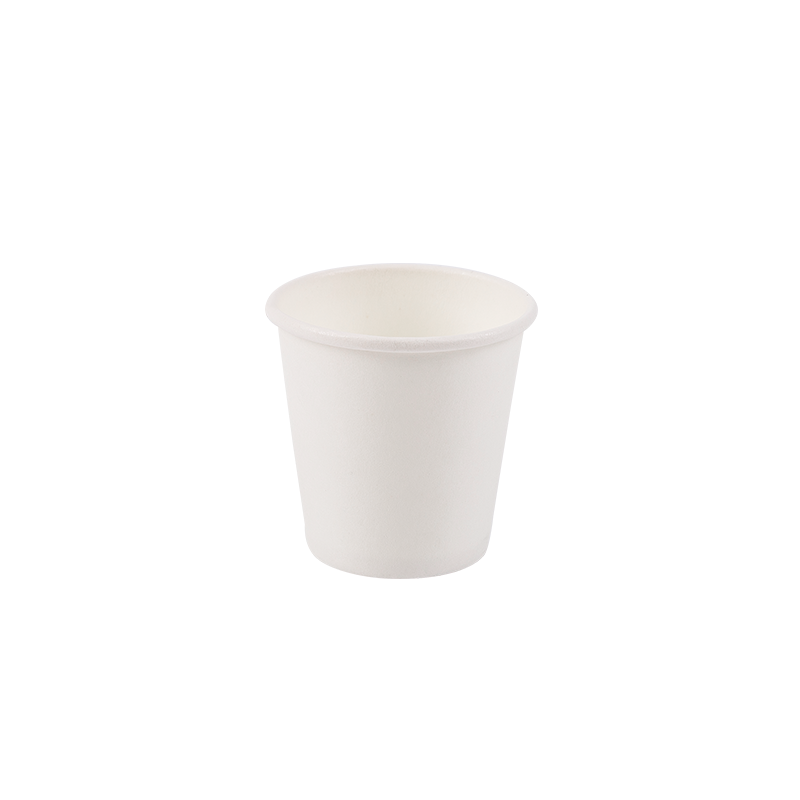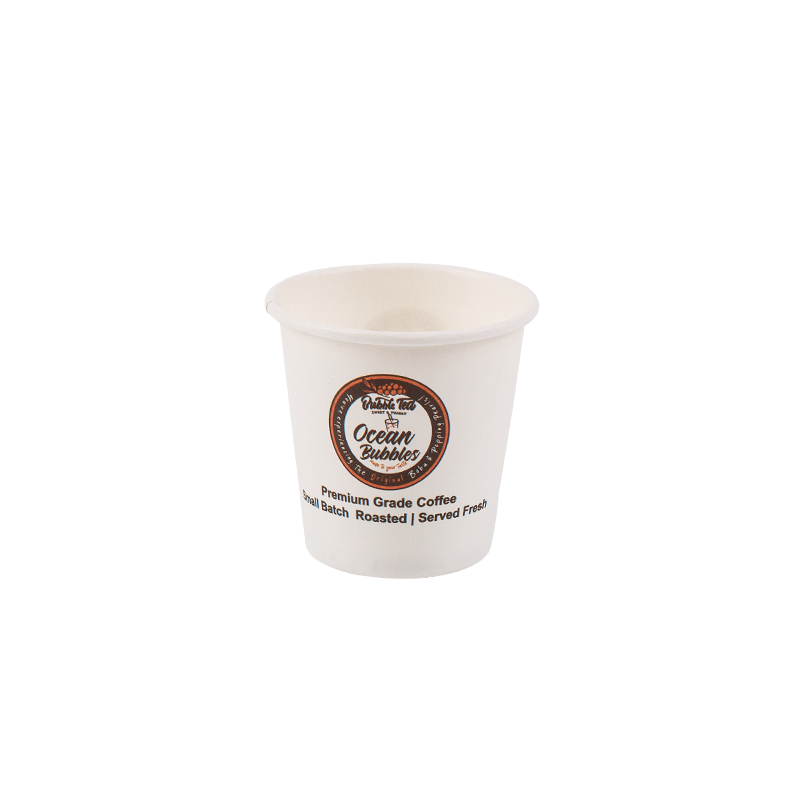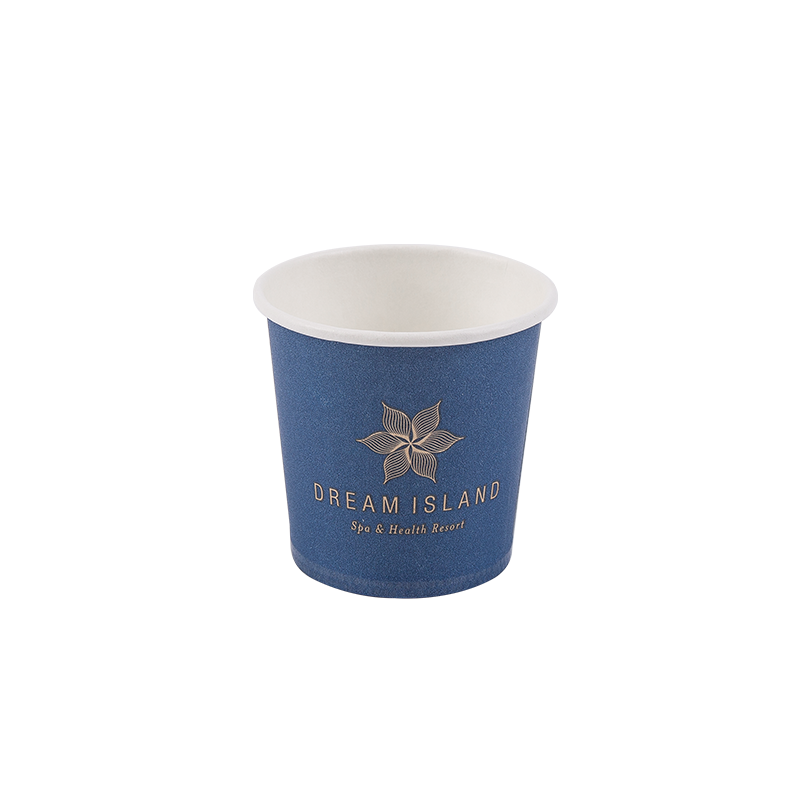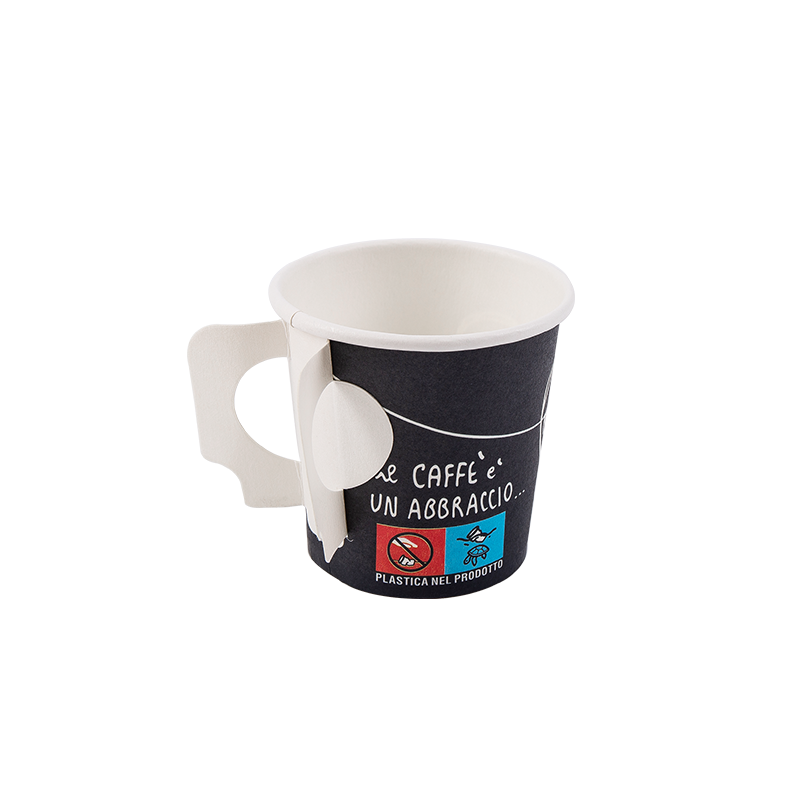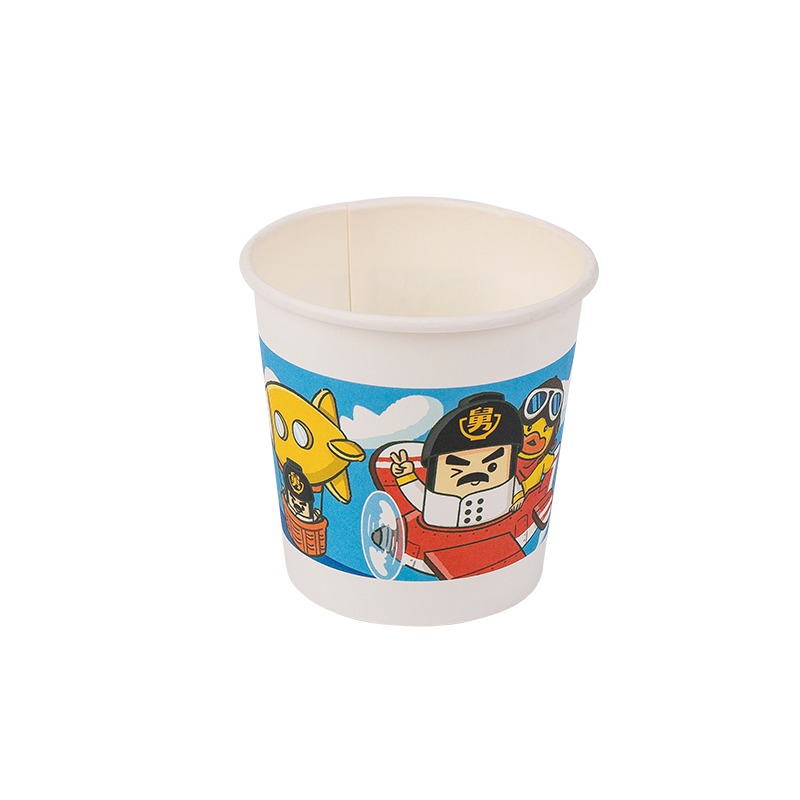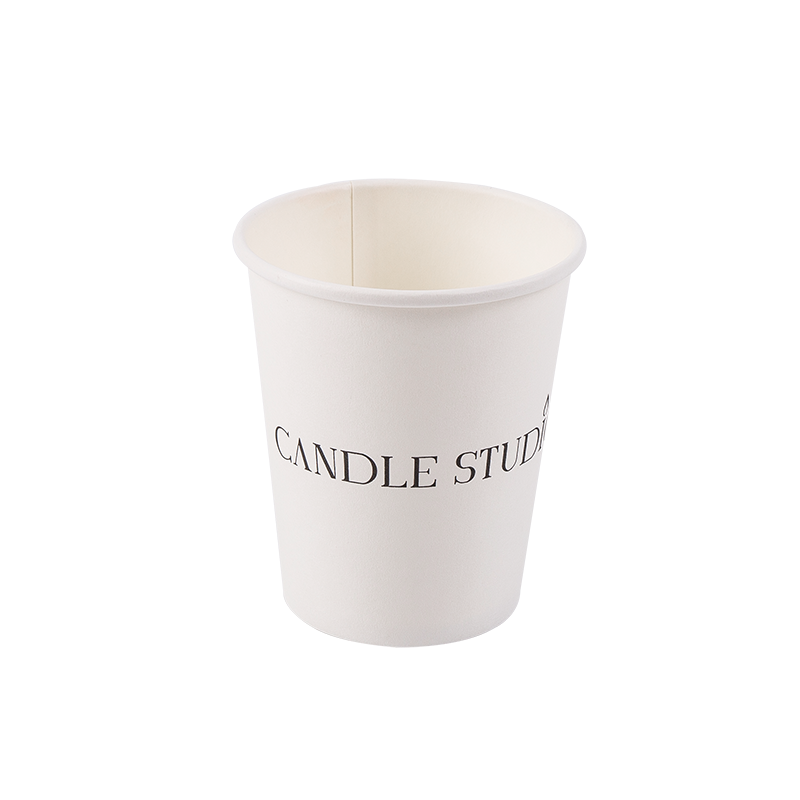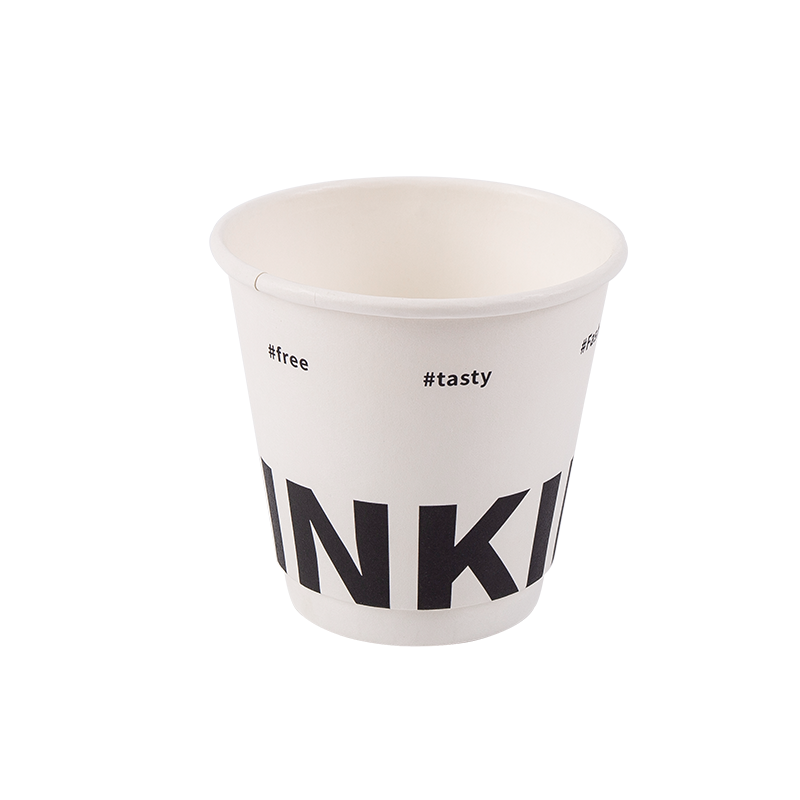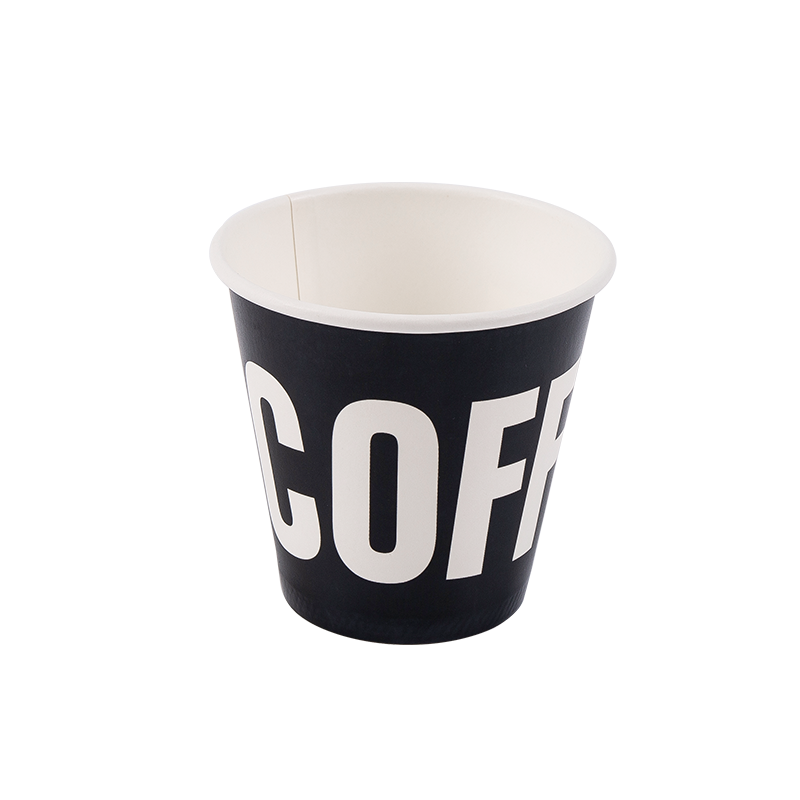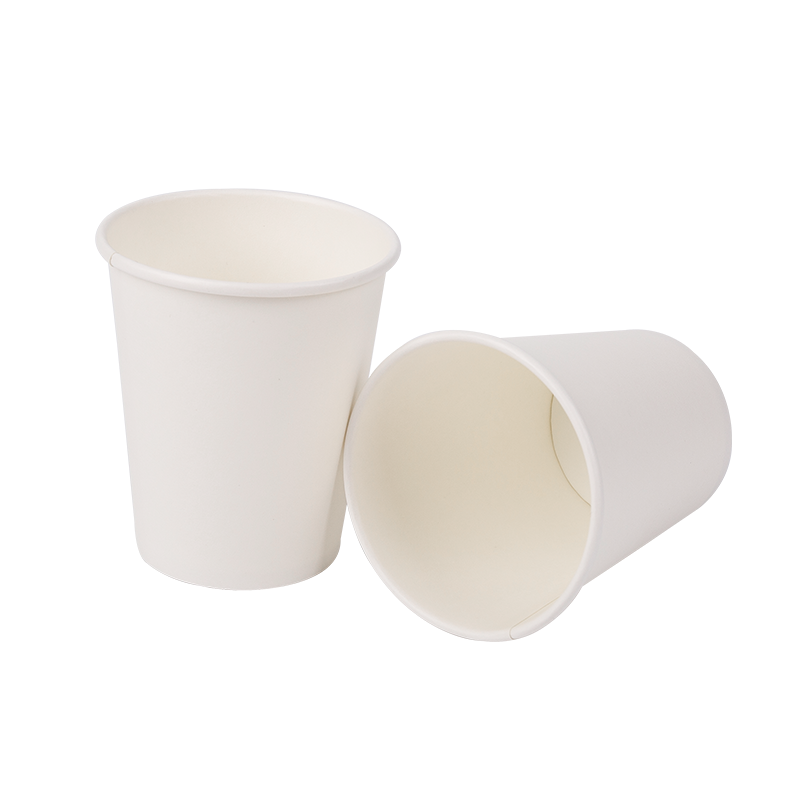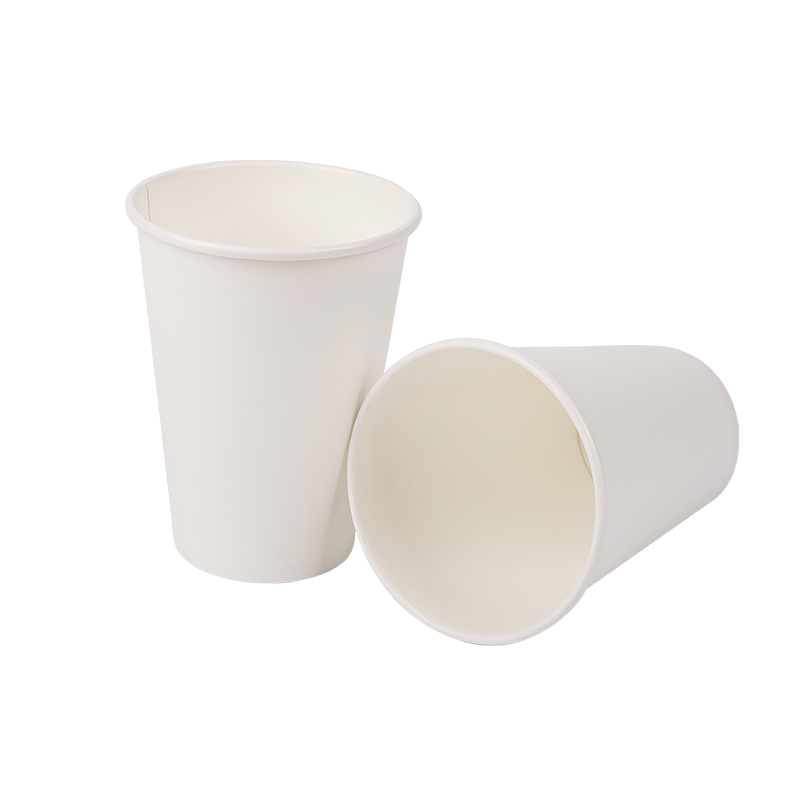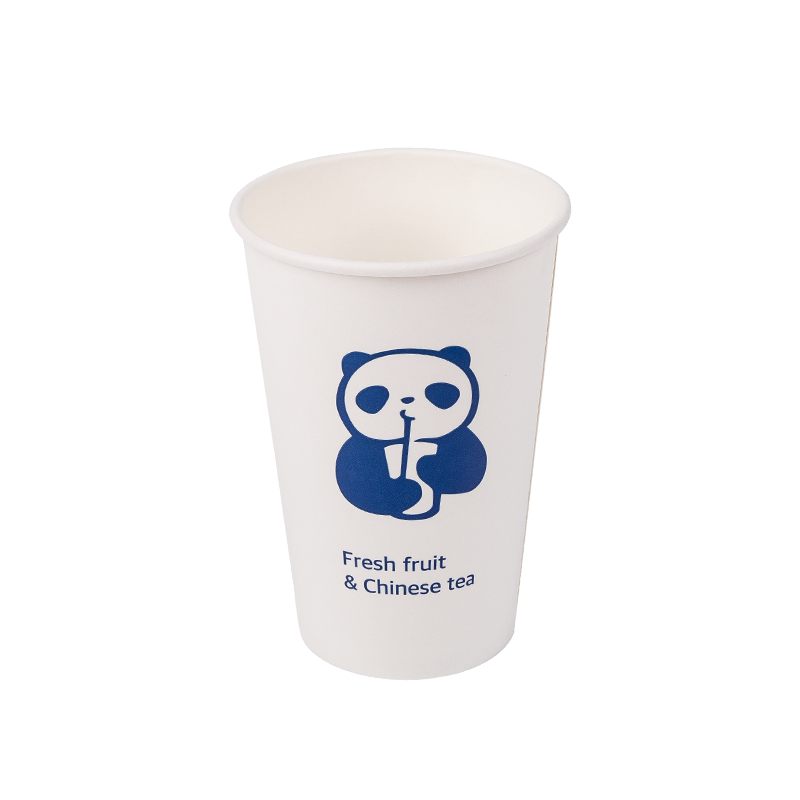The humble drinking straw has become a global icon in the conversation about single-use plastics. As governments, businesses, and consumers seek sustainable alternatives, the market has seen a massive surge in products aiming to replace the traditional plastic tube. Among these, disposable paper straws have emerged as the leading, and most readily available, alternative, symbolizing a collective shift towards more environmentally conscious consumption.
The appeal of disposable paper straws is multifaceted, primarily centered on their material composition and end-of-life profile. Unlike their plastic counterparts, which can linger in the environment for centuries, paper is a naturally biodegradable material. High-quality paper straws, when composted or left to biodegrade, can break down in a matter of weeks to a few months, significantly reducing the persistent plastic waste that clogs oceans and landfills. This rapid degradation is a massive advantage in the global effort to protect marine life from entanglement and ingestion of plastic debris.
Production and Durability: The Trade-Offs
Manufacturing disposable paper straws involves rolling multiple layers of paper and binding them with food-safe adhesives, sometimes including a wax or coating for water resistance. Sourcing the raw materials from sustainably managed forests, often certified by organizations like the Forest Stewardship Council (FSC), helps mitigate concerns about deforestation.
However, the user experience presents a well-known trade-off: durability. The same paper material that makes them eco-friendly can struggle to maintain structural integrity in liquid for extended periods. Customers often complain about the straws becoming soggy, softening, or even disintegrating within 30 to 60 minutes, especially in cold or thick beverages like smoothies. This functional drawback has been the primary driver for ongoing innovation in paper straw manufacturing, with companies continually seeking new layering techniques and coatings to enhance longevity without compromising biodegradability.
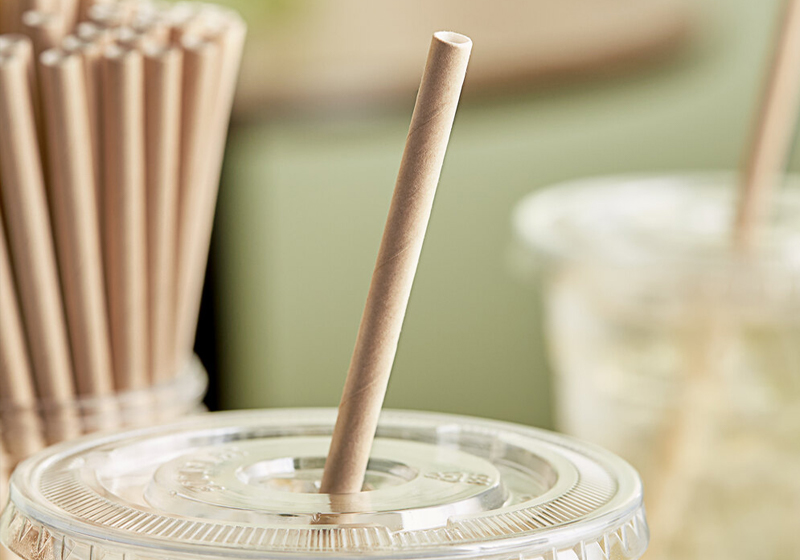
The Sustainability Reality: A Nuanced View
While the biodegradability of disposable paper straws is a clear win over traditional plastic, the full environmental picture is more nuanced.
-
Carbon Footprint: The production of paper, which requires pulping wood, can be resource-intensive, demanding significant amounts of water and energy, potentially resulting in a higher carbon footprint than plastic in some life-cycle analyses.
-
"Forever Chemicals": A more serious concern involves the use of Per- and Polyfluoroalkyl Substances (PFAS), or "forever chemicals," which some manufacturers apply to coatings to improve water resistance. These chemicals do not break down in the environment and have been linked to potential health risks, counteracting the intended ecological benefit. Consumers and businesses are increasingly seeking PFAS-free certified disposable paper straws to ensure a safer product.
-
Disposal Infrastructure: Finally, a disposable paper straw is only as sustainable as the disposal system it enters. If contaminated with food residue, it often cannot be effectively recycled and may end up in a landfill, where its decomposition is slowed dramatically. While compostable, the lack of widespread industrial composting infrastructure means that many are treated as general waste.
Moving Forward
The widespread adoption of disposable paper straws represents a crucial step in moving away from a single-use plastic economy. They offer a tangible, immediate solution for businesses to comply with plastic bans and showcase a commitment to environmental responsibility. However, the future of the product lies in overcoming its practical and environmental challenges: maximizing its durability without relying on harmful chemical coatings, and ensuring that adequate waste management infrastructure is in place to fulfill its promise of rapid, harmless decomposition. Ultimately, the best sustainable option remains a reusable straw or, wherever possible, skipping the straw entirely. But as a single-use alternative, the paper straw continues to evolve as an essential part of the greener beverage landscape.










 English
English русский
русский Español
Español 中文简体
中文简体